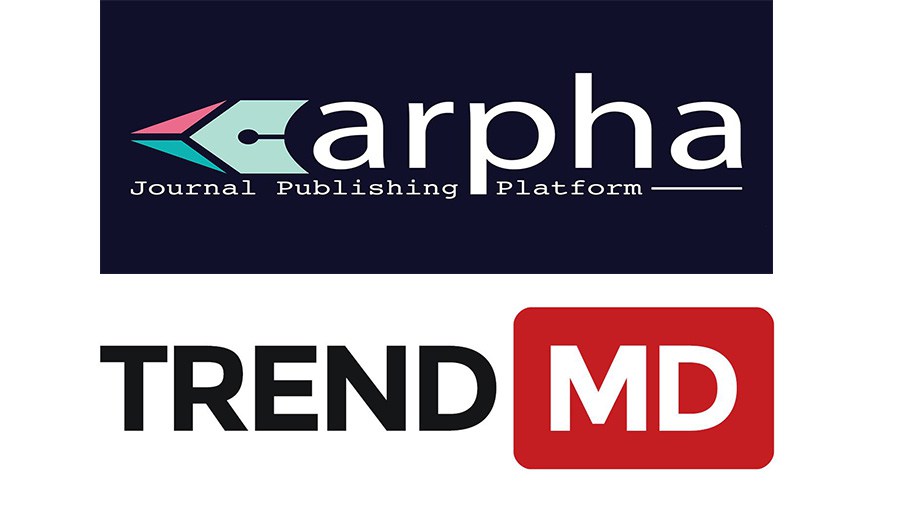Citation count per individual publication is only a part of the useful and comprehensive data freely available for any articles published in a journal hosted on the ARPHA Platform, thanks to a new integration of the recently launched Dimensions badges.
The badges, which provide a citation count and further context on when and where an item was cited, further enhance the familiar citation insights already available from ARPHA. These include a current list of all papers referencing a particular article straight from major databases Crossref, Google Scholar, Scopus and PubMed Central.

To provide an additional in-depth insight into a paper’s impact, while placing it into a relevant context, Dimensions searches through over 90 million publications, and 873 million citations indexed in its own massive database. Going beyond the conventional research article, the tool also provides links to related grants, clinical trials, patents and policy documents.
A single click on the Metrics tab within the menu of any article in an ARPHA-published journal reveals the new eye-catching Dimensions badge, where it appears beneath the popular colourful “donut” of Altmetric – another research analytics innovation developed by Digital Science.

At a glance, the visitor can see the total and recent (from the last two calendar years) count of citations, in addition to the Field Citation Ratio and Relative Citation Ratio – designed to help users see how the article compares in a given field.
In a useful information page, the Dimensions team explains what these values stand for. For example, an article with a Citation Ratio of 0.8 has a count of citations considered as average for its subject area. The 1.2 is the watershed, beyond which a publication is deemed highly cited. Once at the 5-point mark, the number of citations is to be read as extremely high.
A second click on the badge brings up the Dimensions Details Page, where the reader can find a new set of citation data, including an interlinked list of the publications that have cited the paper, as well as their distribution over time and across research categories.

“There is no doubt that citation count and real-time, real-life impact within both the scientific community and the public space are essential for any scientist,” said ARPHA’s founder and CEO Prof. Lyubomir Penev. “In this sense, analytical and user-friendly tools, such as Dimensions and Altmetric, come to bridge a crucial gap – one which could easily make-or-break a researcher’s career and image in academia.”
“I am pleased to ensure that any author who has ever published with our journals can easily and openly track and demonstrate the actual performance of their work,” he added.
Christian Herzog, who led the Dimensions project at Digital Science, said “The Dimensions badges were developed to aid the research community in assessing and contextualizing publications. We’re happy to partner with ARPHA and contribute additional value to their platform.”
Learn about the partnership between ARPHA and Altmetric here.



























